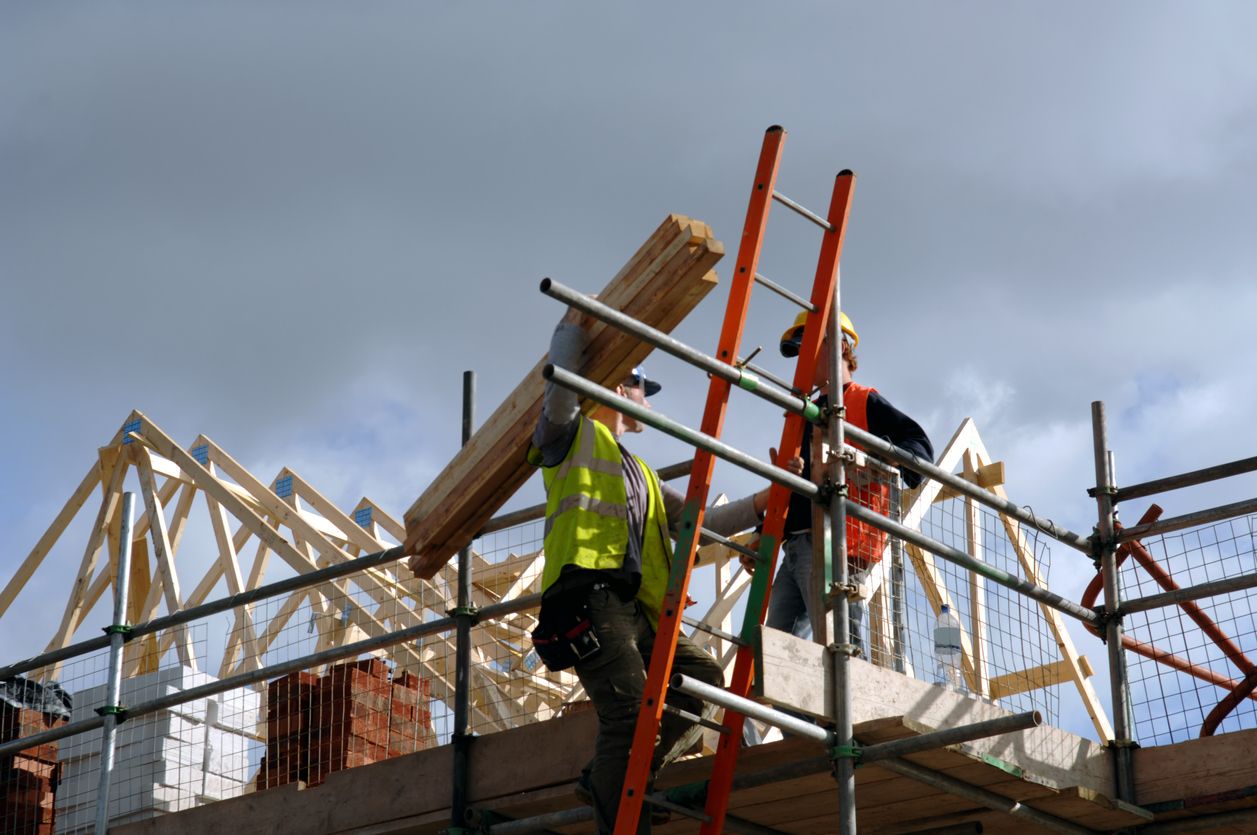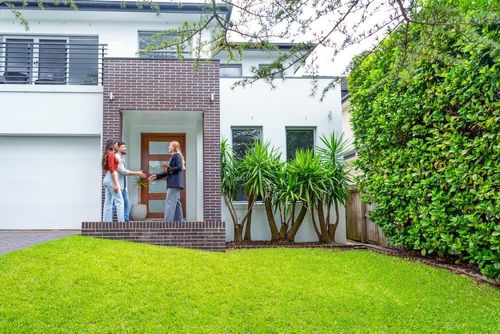Can you sell a house with unapproved structures?
Samantha is a Sydney-based real estate and home improvement writer. She is currently Head of Marketing at OpenAgent.
Learn more about our editorial guidelines.
Selling a house with unapproved structures can be a tricky path to navigate.
It's a topic that holds both challenges and considerations for sellers and potential buyers alike. As you prepare to list your property, the presence of unapproved structures raises questions about compliance, legalities, and potential impacts on the sale.
For sellers particularly, disclosing such structures becomes pivotal, as buyers weigh the risks and uncertainties associated with these non-compliant additions.
Let's explore the ins and outs of this scenario, shedding light on what it means for sellers and buyers in the Australian property market.
Selling a house with unapproved structures
While you are able to sell a property with unapproved structures, it’s typically your responsibility to disclose this in the contract of sale in states such as NSW.
Unapproved structures refer to anything that has been built or added to a property without approval from a local planning authority.
This could refer to structures such as carports, verandas, garages, decks/patios, extensions, rooms of a home or even a swimming pool.
If you’re unsure of how to go about selling your property with unapproved structures, be sure to consult a trusted real estate agent in your local area.
Implications of a home with unapproved structures
- Impact on the property’s value: buyers may perceive these structures as liabilities, leading to lower offers or negotiations for a reduced sale price.
- Negotiation challenges: buyers might use the existence of unapproved structures as leverage during negotiations, leading to potential price reductions or requests for repairs or modifications.
- Safety and compliance: these structures might not meet safety standards or building codes, posing potential risks. You may need to address these issues to ensure the property complies with regulations.
- Insurance coverage: insurers might have concerns about providing coverage for unapproved structures, impacting your ability to obtain comprehensive insurance.
What’s considered a fixture when selling a house?
A fixture is an item or feature that is attached or fixed to the property in a way that it becomes a permanent part of the home.
When selling a house, fixtures are generally expected to be included in the sale unless specified otherwise. These commonly include:
- Built-in appliances: appliances that are built into the property, such as ovens, stoves, dishwashers, and built-in microwaves.
- Light fixtures: installed lighting fixtures, including ceiling lights, chandeliers, wall sconces, and any fixed lighting arrangements.
- Plumbing fixtures: sinks, faucets, toilets, showers, and bathtubs that are fixed or built into the property.
- Built-in furniture: cabinets, shelves, built-in wardrobes, and similar fixtures that are attached to the property.
- Heating and cooling systems: HVAC units, central heating systems, and built-in air conditioning units.
- Permanent flooring: carpets that are glued or fixed to the floor, as well as hardwood or tile flooring installed within the property.
Fittings VS fixtures
A fixture is different from fittings, as they are movable items that are not permanently attached to the property and can be easily removed without causing damage to the structure.
Fittings include items such as curtains, freestanding furniture, artworks, rugs, and other movable objects that are not considered permanent fixtures.
Unlike fixtures, fittings are not automatically included in the sale unless specifically agreed upon between the buyer and seller.
How to find out if a structure is council-approved
To find out if a structure is in fact approved, contact your local council’s building department to verify. If it has been approved, they should have a copy of the approved plans on record.
If you’re looking to build a structure that is not yet approved, consult your local council or a registered private certifier for approval first.

Insurance for non council approved structures
Insurance coverage for non-council approved structures can vary among insurance providers and policies. However, it's essential to note that insurance companies might have specific guidelines and limitations regarding such structures:
- Coverage exclusions: some insurance policies might explicitly exclude coverage for any structure that does not have the required council approvals or permits. If damage occurs to an unapproved structure, the insurer might refuse to cover the costs associated with repairing or rebuilding it.
- Risk assessment: insurance companies assess risks associated with properties before providing coverage. Unapproved structures may be deemed higher risk due to safety or compliance issues, which could affect the policy's terms or premiums.
- Legal compliance: insurance policies often require homeowners to comply with local laws and regulations. If an unapproved structure violates local building codes, it might impact insurance coverage.
- Disclosure obligations: homeowners are usually required to disclose any non-approved structures to their insurance provider. Failure to disclose relevant information could affect the validity of the policy or coverage in case of a claim.



